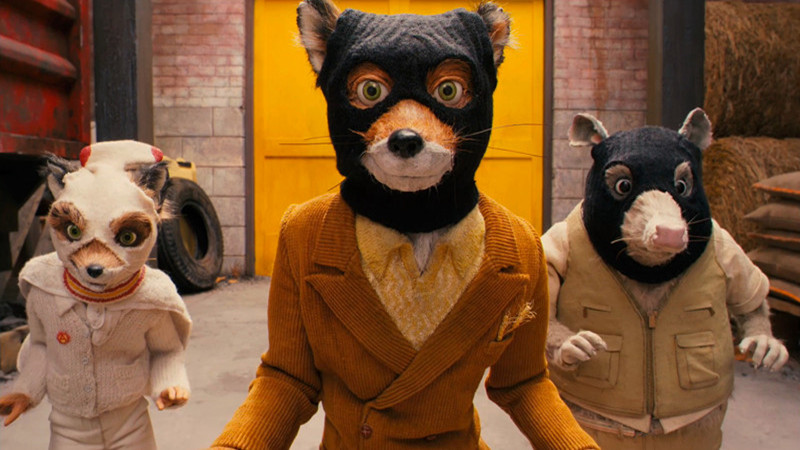
The world is coming to its Last Judgment and it’s because of a plague called ‘humanity’, which, by living for their own interests, destroyed nature. The high toxicity of the air, uncontrollable fires, oceans full of plastic, the drought and melted glaciers. This environmental crisis has left a fatal victim: the animal kingdom.
Displaced, without food, and in danger of extinction, animals fight against the destruction of their habitat. Under the power of their survival instincts, they fight against backhoes as in “Fantastic Mr. Fox”; against domestication in “My Dog Tulip”; for the life of the forest in “Princess Mononoke”; with a militarized world in “Isle of Dogs”; against the disgust of the different in “Ratatouille”; against hunters in “The Plague Dogs”; or just against humans as in “Pom Poko.”
These animals free of muzzles, moorings, and chains show us the other side. It’s no longer the landscape of romantic fishermen on their docks; it’s the view from below, from the bottom of the sea, where fish hooks descend to tear the flesh of the animal.
Since animals are universal (birds fly without nationality), it allows spectators to identify with them in an easy way. Through identification, these anthropomorphic animals make us think about our human behaviour in a cathartic way.
Animation takes advantage of the fact that as humans, we don’t understand the way in which animals see reality, and offer us to see it in a fantastic or allegorical way. Dealing with issues such as pain, violence, fear and death, from the eyes of a child or an adult, these films hide deep ecological and loyalty teachings.
Animals have accompanied us since ancient times and were conceived as gods. For those who still see the beauty of creation in animals, this list is for them.
1. Isle of Dogs (2018, Wes Anderson)
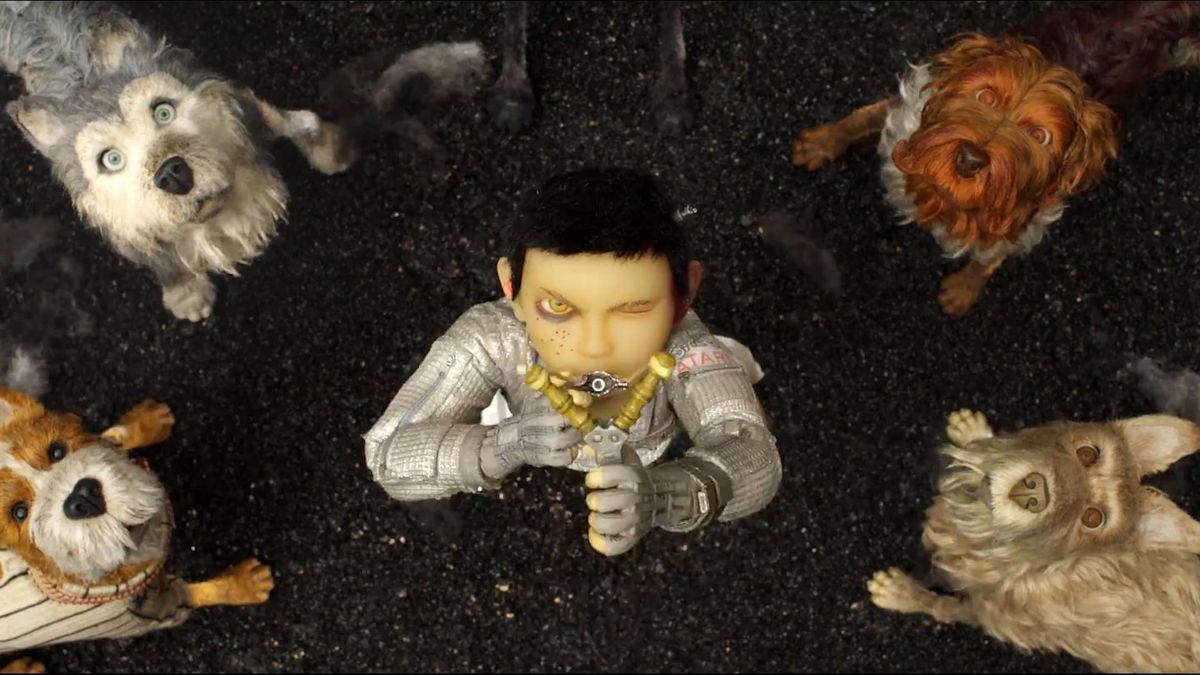
Dogs treated as garbage are exiled by the government to an island of industrial waste. A pack of nomadic and homeless dogs will join Atari in the rescue for his dog. Together, they give life to this western Japanese cyberpunk odyssey, where they will face the oppressive government that presumes a possible destruction of the island.
This ode to dogs narrated in a choral way and with stop-motion technique teaches us the eternal relationship of loyalty between a child and his dog and how this is able to beat the callousness of a world ruled by the heartless and corrupt. With a haiku, the movie ends as it begins, in a perfect circular story: “What happened to the dog’s best friend? Who are we?”
Once again we face the unique style of Wes Anderson with an obsessive symmetry, a wonderful plasticity and aesthetic. These pack of furry lived-eyes dogs will make you fall in love.
2. Princess Mononoke (1997, Hayao Miyazaki)
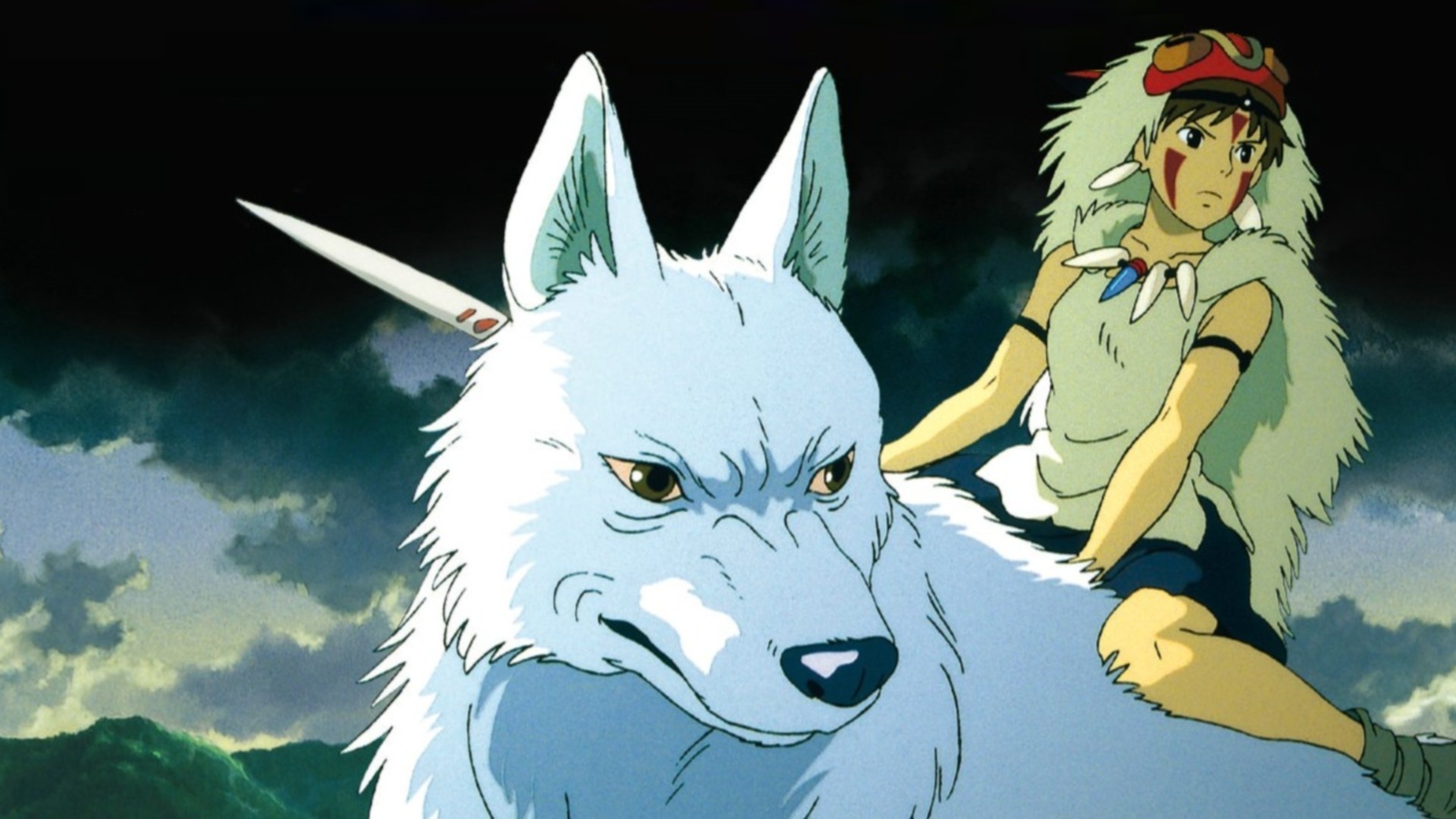
Ashitaka goes in search of the Forest Spirit to free him from a lethal infection caused by fighting a demon. But soon he will be caught in the middle of a war between humans and the forest’s mythical creatures.
San, who was raised by wolves and defends nature, goes against Lady Eboshi, who represents modernity and has brought pain to the forest. Ashitaka will join this war as a mediator so that humans and animals can share in harmony.
The development of deeply contradictory characters leave us unable to place them as heroes or villains. Even animals have a dichotomy. According to Japanese folklore and Shintoism, they are gods that live in the forest, but if the forest is threatened, they become demons infecting those who meet them.
This is how different ways of conceiving the world are confronted, and teach us to respect others, no matter how different they are from us. Take care of nature to survive in it.
3. The Plague Dogs (1982, Martin Rosen)
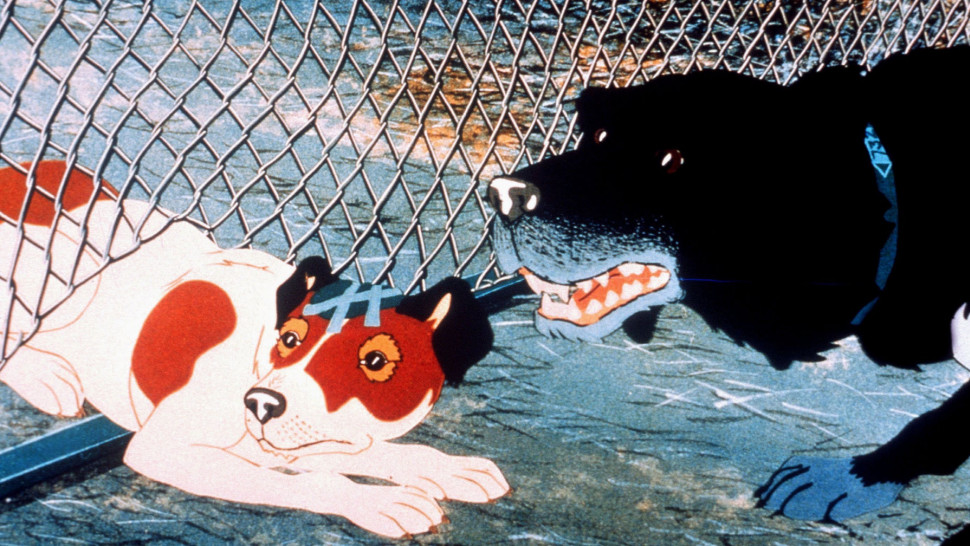
“The Plague Dogs,” despite being based on a children’s novel, remains grim and melancholic.
The film surrounds the escape of two dogs from a laboratory. When they reach freedom, they wander through beautiful meadows, yearning to find a master. But all hope will be destroyed as we discover that they are being chased by hunters and that the outside world is even more hostile. In order to survive, their wild behavior will leave behind many deaths. This situation unleashes a paranoia in habitants of the field, where everyone will see them as a plague that must be destroyed. From the shore to the sky, they are being stalked by the army.
The story is sharp and crude. Without symbolic ornaments, it shows us that it’s impossible to escape the cruel nature of humans. These ones are shown impersonally, without face or feelings, but animals remain loyal and continue seeking love in them.
4. Ratatouille (2007, Brad Bird)
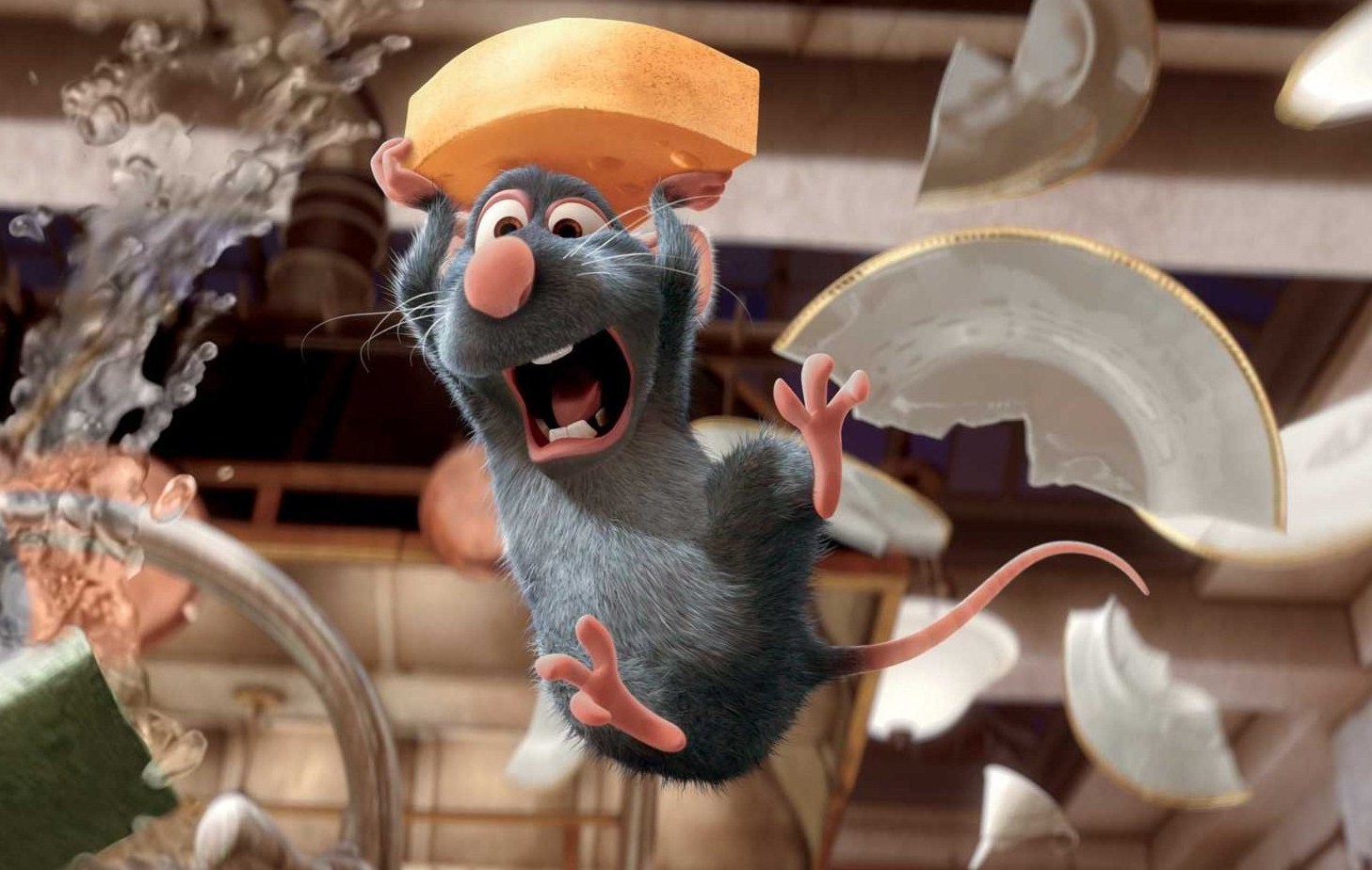
Remy, a peculiar rat who feels extreme devotion to taste and smell, is misunderstood among his peers because he doesn’t want to eat from the garbage. Instead, he wants to discover what happens if he mixes mushrooms with cheese and rosemary.
His dream of cooking begins with the slogan of a famous chef called Gusteau: “No matter where you come from, everyone can cook.” A clumsy young man will be the medium where Remy will take his first steps in the kitchen, by pulling his hair, through involuntary movements, turning him into the best chef of Gusteau’s.
Ego, an acclaimed critic, visits Gusteau’s restaurant and is delighted with the taste of the food. Already knowing that it was the rat who cooked, he writes in his critique: “The world is often unkind to new talents and new creations. No anyone can be a great artist, but a great artist can come from anywhere.”
This movie tells us that when there is a revolutionary thinker in this world, many can judge him. Alone and devoid of any company, if he decides to continue on behalf of his dreams, then as many doors as he wishes will be opened. Only with persistence, can resistance be strong enough to consolidate as a victory. The one who don’t take risks don’t cross the river.
5. My Dog Tulip (2009, Paul and Sandra Fierlinger)
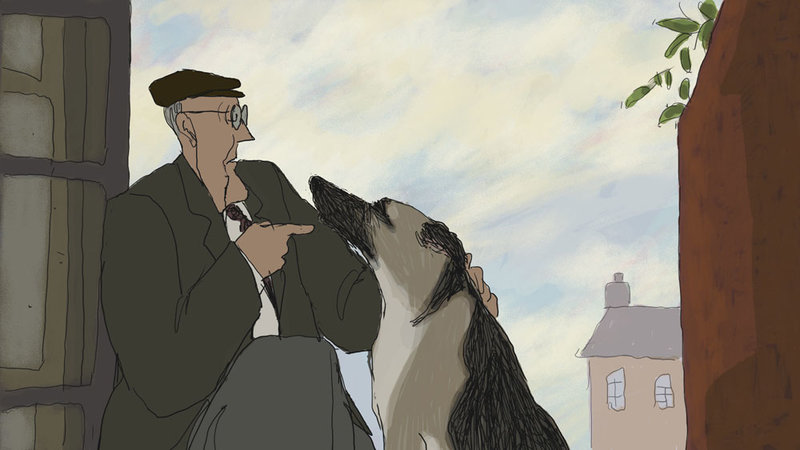
This film adapts the literary features of the novel on which it was based and invites us through the protagonist’s voice, to an introspective portrait of his relationship with his dog.
In an elegant and sketch way of drawing, we discover that the owner of this dog with a bad reputation, is fascinated with its antisocial behavior. We witness successive reflections on the dog, ranging from the strange ritual they make when spreading cow dung through their bodies, or, “If a million years ago, the dogs took humans under their protection, tried to tame them and failed.”
Under a tone of devotion, “My Dog Tulip” works as a perfect portrait on the close or distant relationship of humans with dogs, without falling into the humanization of these ones. The old man finds the best company in Tulip and takes refuge in her to avoid dealing with the outside world. Likewise, Tulip barks and bites because she protects her master. Dogs blend in and adopt their master’s character, and that is the responsibility of raising a dog. He becomes like a son who learns from you, but still having the behaviour of a dog. “They read the world by their nose and write their story through urine.”